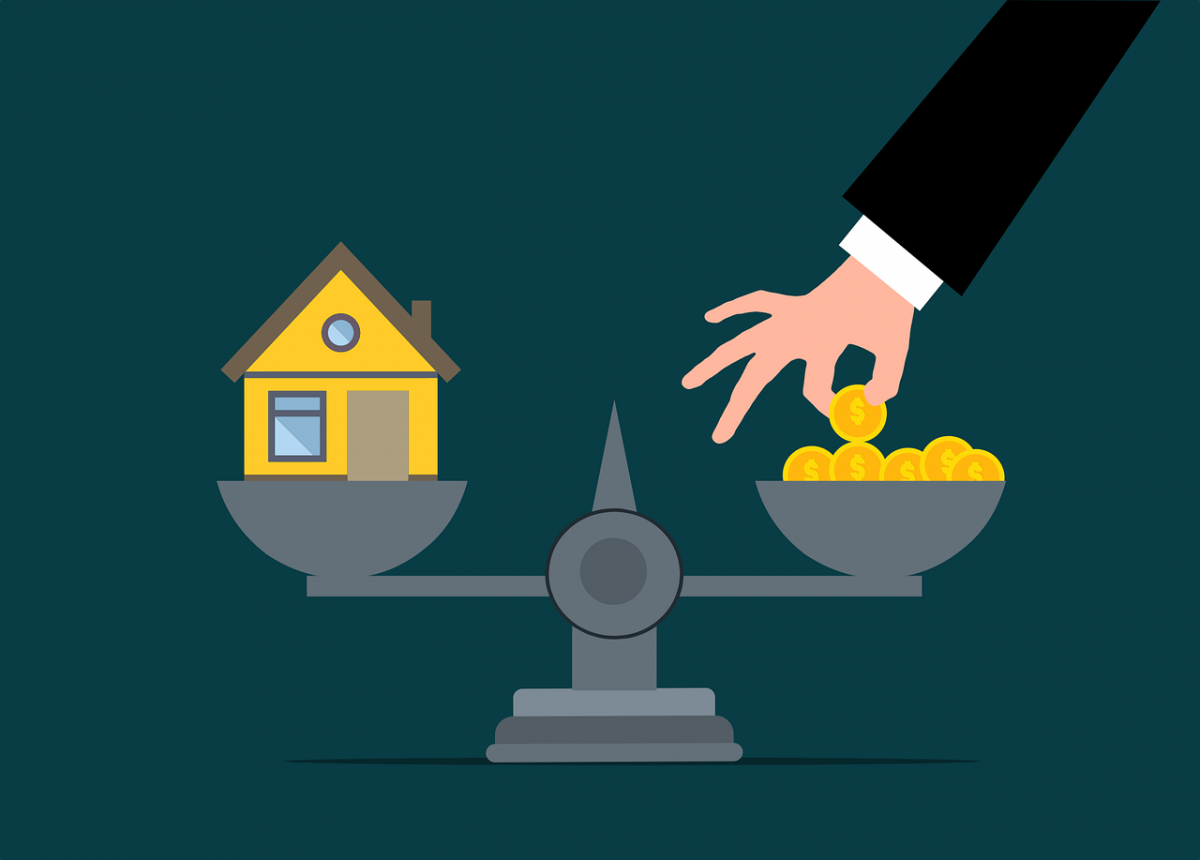Investment Property Types Ranked by Risk Level

As a rental property investor, choosing the right investment property is crucial to ensure your success. There are various types of investment properties available in the market, each with their own level of risk.
It is important to understand these risks to make informed decisions about where to invest your money. Below, we rank different investment property types by their risk level and provide insights into each of them.
Understanding Investment Property Risk
It is essential to understand the concept of investment property risk itself and the types of risk.
Investment property risk refers to the likelihood of losing your investment or not getting the expected returns due to various factors such as economic conditions, property location, and tenant quality.
The risk level of an investment property is dependent on its type, location, current state of the economy, market demand, and more. In general, the higher the potential returns of an investment, the higher its risk level. However, there is no guarantee that higher risk will always lead to higher returns.
#1 Raw Land (Highest Risk)
Raw land is the riskiest type of investment property, as it has no income until it is developed or sold. Investors must conduct extensive research to determine the land's potential for future development, which can take years or even decades. Raw land investments can yield significant returns, but they require more time, effort, and resources to achieve.
Investing in raw land isn’t a bad idea, but we typically do not recommend it for inexperienced property investors.
#2 Vacation Rentals
Vacation rentals can be a lucrative investment opportunity but come with higher risk levels due to seasonality and economic volatility. They are also subject to changes in tourism trends, and the property must be maintained to attract guests continually. As such, investors must do their research and assess the location's market demand before investing in vacation rentals.
#3 Commercial Property
Commercial properties include office buildings, retail stores, and warehouses where tenants rent the space for commercial purposes (not to live). These types of investments can offer high returns but also come with some risk related to the uncertainty of market demand, tenant quality, and economic conditions.
#4 Multifamily Property
Multifamily property, also known as apartment buildings or complexes, are slightly more risky than single-family homes but are relatively low-risk and can offer higher potential returns. Our team at Joseph Thomas has lots of experience managing multifamily property of our own.
The risk level varies depending on the number of units in the building and the location. In general, larger complexes in high-demand areas have the potential for greater returns but also come with higher risk levels.
#5 Single Family Property (Lowest Risk)
Single family properties are usually the least risky investment property type. They are typically less expensive and easier to manage than other property types, making them ideal for first-time investors.
Single family homes are also in high demand in most markets, making them an excellent investment opportunity for investors looking for stable long-term returns.
Utah Property Management with Joseph Thomas
Understanding the risk level of an investment property is crucial to make informed decisions and minimize potential losses. No investment comes without any risk.
It's essential to carry out your due diligence in deciding how to invest in rental property in a way that aligns with your investment goals and risk tolerance.
One great way to help ensure a smooth and profitable real estate investment is to use an experienced property management partner. Our team of pros can handle all of your Utah property management needs. Give us a call!



Let's Talk!
Contact Us
Thank you for contacting us.
We will get back to you as soon as possible.
Oops, there was an error sending your message.
Please try again later.


